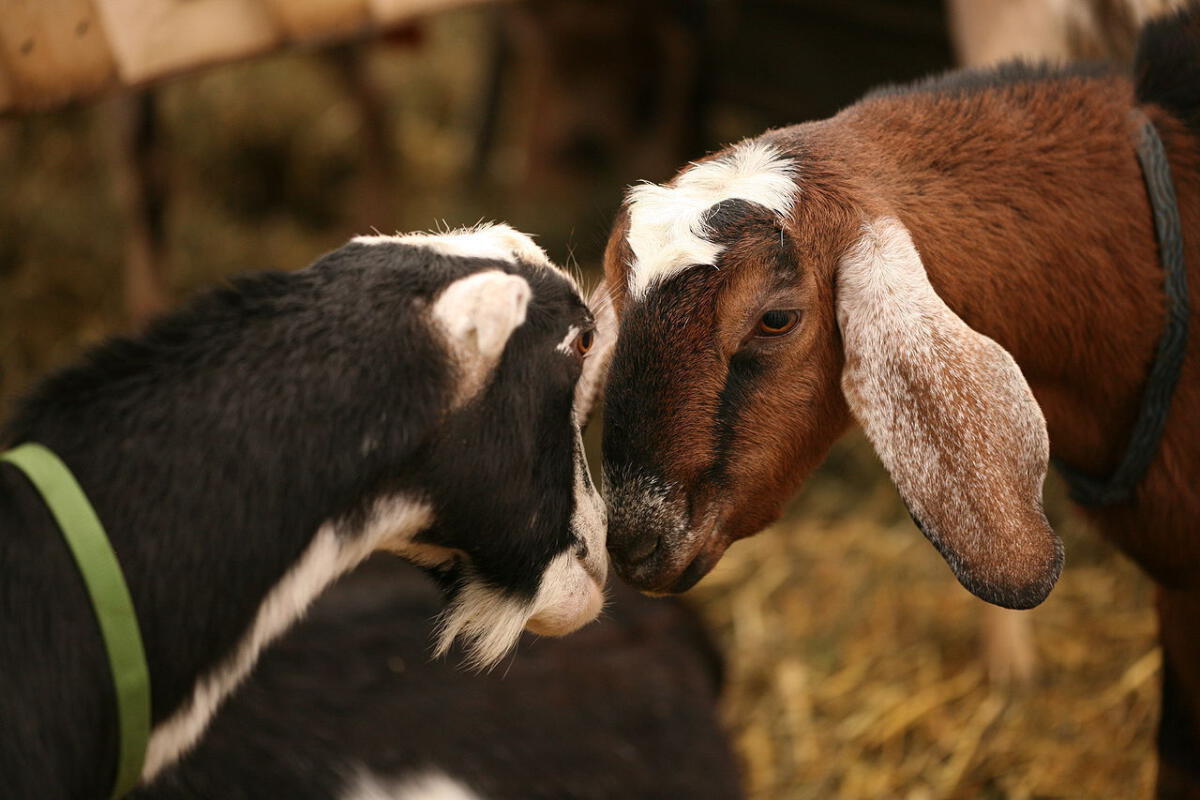
- KUBERNETES IS STARTING DOCKER FOR MAC HOW TO
- KUBERNETES IS STARTING DOCKER FOR MAC FOR MAC
- KUBERNETES IS STARTING DOCKER FOR MAC UPDATE
Ajeets-MacBook-Air:example1 ajeetraina$ kubectl get podsĪjeets-MacBook-Air:example1 ajeetraina$ kubectl get deploymentĪjeets-MacBook-Air:example1 ajeetraina$ kubectl get svc This section assumes that you are well versed with Kubernetes architectureand concepts. We will start with a clean MacOS system, hence there is no POD, no deployment and just default Kubernetes service running on your machine. Setting up Web Application Cluster on K8s in 3 minutes

KUBERNETES IS STARTING DOCKER FOR MAC FOR MAC
I am running macOS High Sierra version 10.13.1.Follow the below link if you are setting up Kubernetes on Docker for Mac 17.12 for the first time.Ī First Look at Kubernetes Integrated Docker For Mac Platform

Let’ begin with a clean Docker for Mac 17.12 system.
KUBERNETES IS STARTING DOCKER FOR MAC HOW TO
Under this blog post, I will show how to build a simple Web Application Server running on a Single Node K8s cluster. For anyone who want to configure a Docker dev environment and build, test and debug containerized apps, Docker for Mac is a great platform to get started with. (It provides some integrations as proof of concept.)ĭocker for Mac is a great platform for developers…

KUBERNETES IS STARTING DOCKER FOR MAC UPDATE
Just update your Docker for Mac to 17.12 release and there you have ready-to-use single node Kubernetes cluster already up and running. Now these tools has to be manually installed on your Linux/MacOS.īut with the arrival of Kubernetes powered Docker for Mac 17.12, you no longer need these 3rd party tools & hypervisor to be installed or configured. It is ready-to-use platform which gives developers a simple and fast way to build and test Kubernetes apps locally with the latest and greatest Docker.īefore Docker for Mac 17.12 release, for anyone who wants to get started with single node Kubernetes cluster, Minikube was an ideal tool. Minikube is a great local development environment and a way to learn the most common commands that help you to bring up a single node K8s cluster. To use Minikube, one needed a hypervisor and a container solution as well as the Kubernetes command-line tool called kubectl. This means that there is no need of installing Kubectl or related Kubernetes CLI commands.

You can now run a single-node Kubernetes cluster from the “Kubernetes” Pane in Docker For Mac Preferences and use kubectl commands as well as docker commands. Experimental Kubernetes Support is available only on Edge Release. Docker For Mac 17.12 GA Release is now available for the general public.


 0 kommentar(er)
0 kommentar(er)
